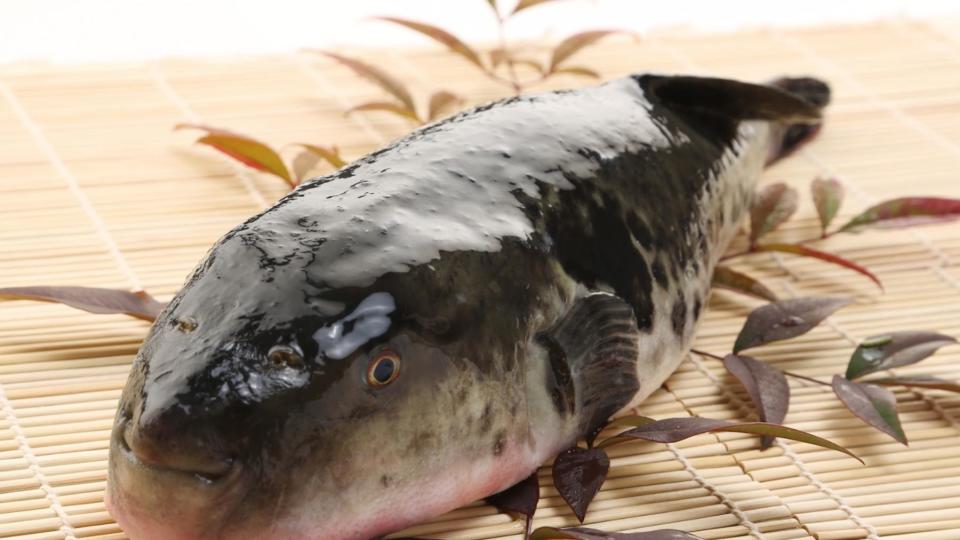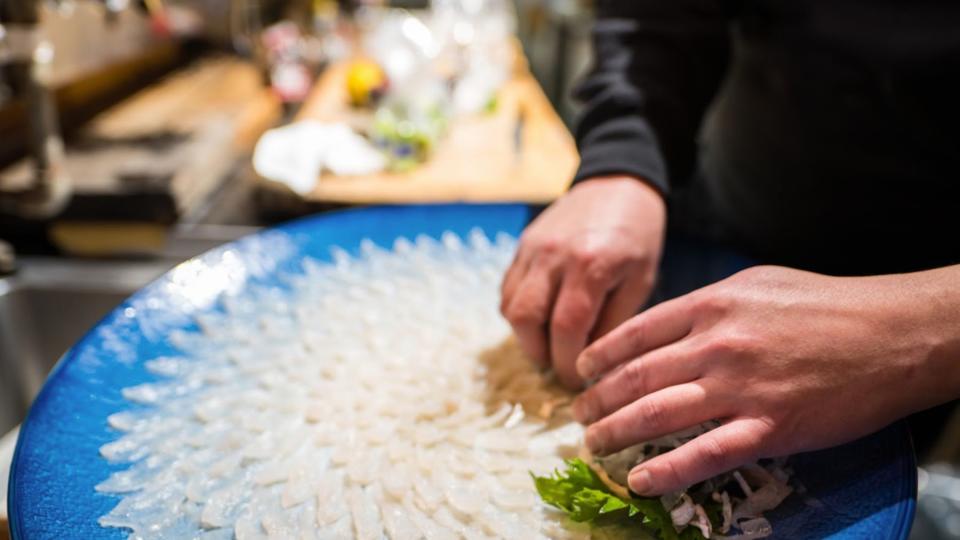Japan's Most Dangerous Dish Is a Poisonous Blowfish That Requires a Special Chef's License to Prepare It
For many travelers, part of the fun of exploring the world is trying new-to-them foods that are unavailable back home. Sometimes, that means eating parts of an animal they're not used to or chomping on insects and unfamiliar fruits. In Yamaguchi Prefecture of Japan, that could mean trying a dish that's potentially life-threatening.

Courtesy of Setouchi DMO
Fugu (or blowfish) is by far the country's most dangerous dish, and it's the one that Shimonoseki is most known for. If improperly prepared, fugu can be toxic to those who consume it, so only registered chefs with special licenses can create meals with this finicky fish.
In fact, eating fugu is so dangerous that it was outlawed in the 16th century, though many secretly kept the tradition alive. In 1887, Itō Hirobumi, the first prime minister of Japan, ate a dish with the blowfish during a visit to the Shunpanro restaurant in Shimonoseki. He was so impressed by its flavor that he decided to lift the ban in 1888 and declared Shimonoseki the "home of fugu."
Related: Why My Favorite Food in Japan Is From 7-Eleven

Courtesy of Setouchi DMO
Shunpanro may have been the first restaurant in Japan to be officially licensed in preparing dishes with fugu, but many others now serve the poisonous puffer. Today, the most common way to eat fugu fish is to cut it into thin slices, wrap it with spring onions, and dip it in vinegar and soy sauce. Sometimes, the slices are so thin they become transparent. Other famous dishes include fried fugu, fugu hot pot, a fugu rice porridge, and hirezake (a hot sake with a grilled fugu fin in it).
Related: How to Eat at Japan's Favorite Chain Restaurants Without Leaving the U.S.
Fugu may be the main attraction in Shimonoseki, but the city — and the Yamaguchi Prefecture in general — is also home to many other seafood delights. The area is particularly known for its preparation of anglerfish liver, sometimes called the "foie gras of the sea," and creamy sea urchin dishes.
Jessica Poitevien is a Travel + Leisure contributor currently based in South Florida, but she's always on the lookout for her next adventure. Besides traveling, she loves baking, talking to strangers, and taking long walks on the beach. Follow her adventures on Instagram.

